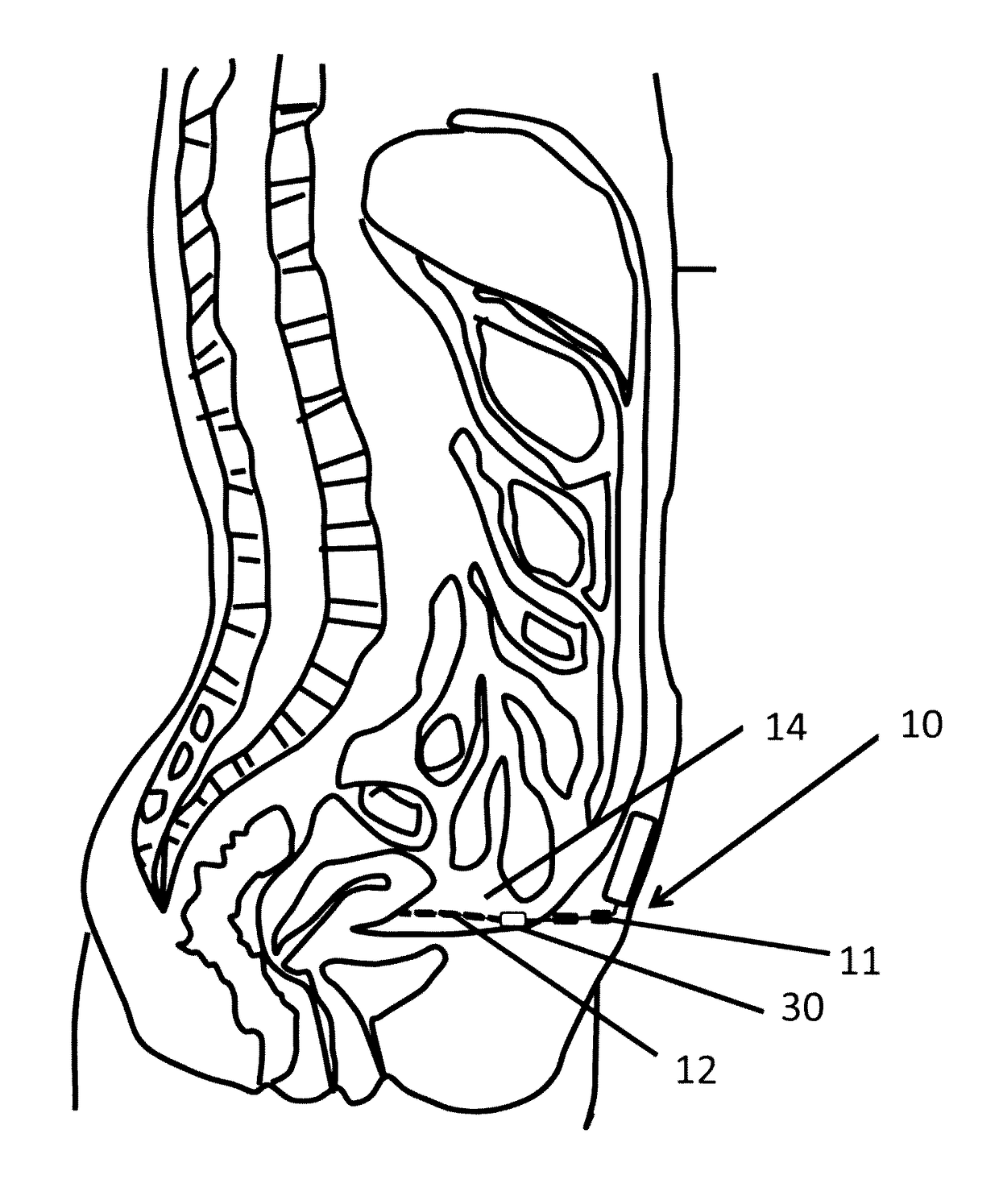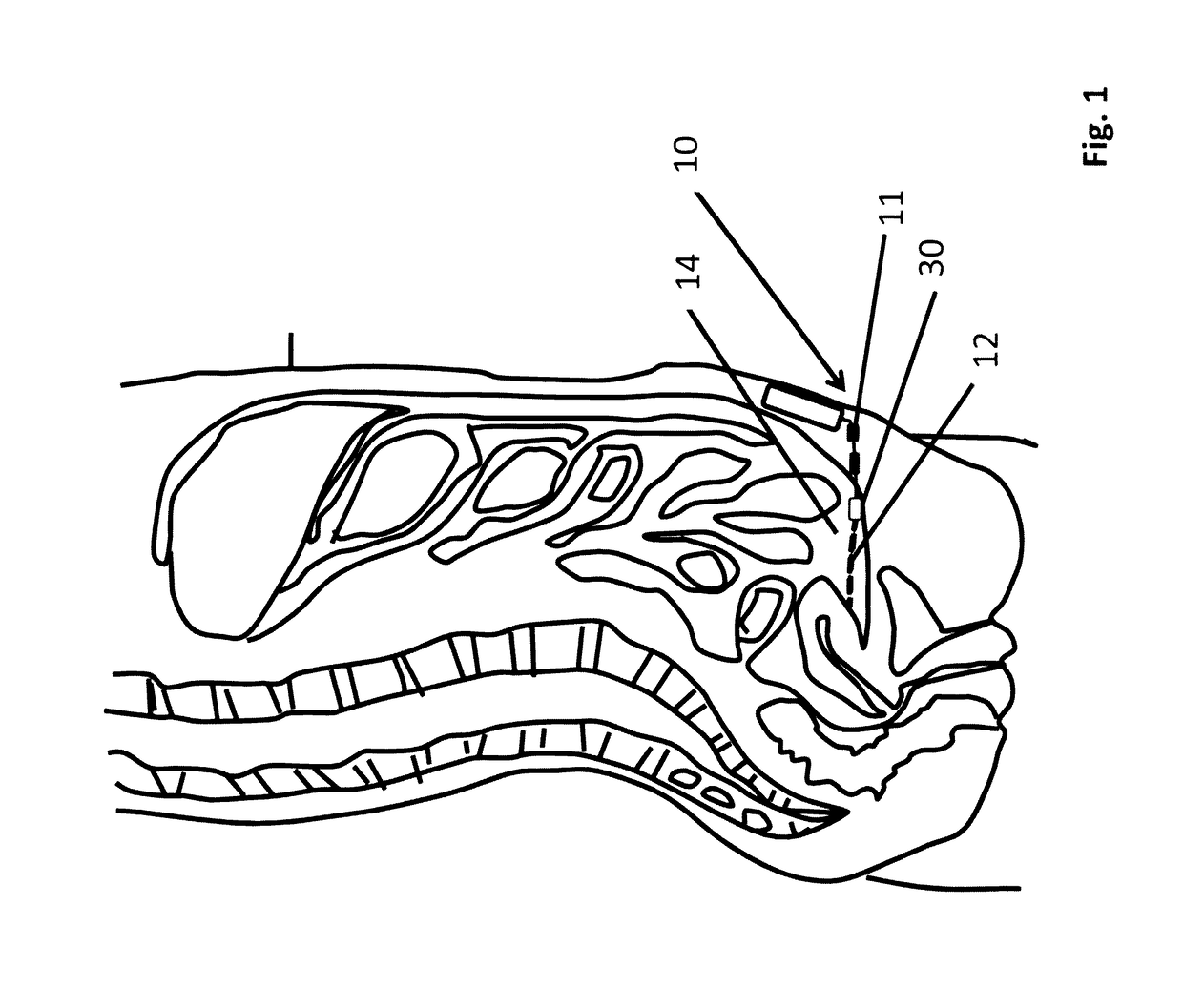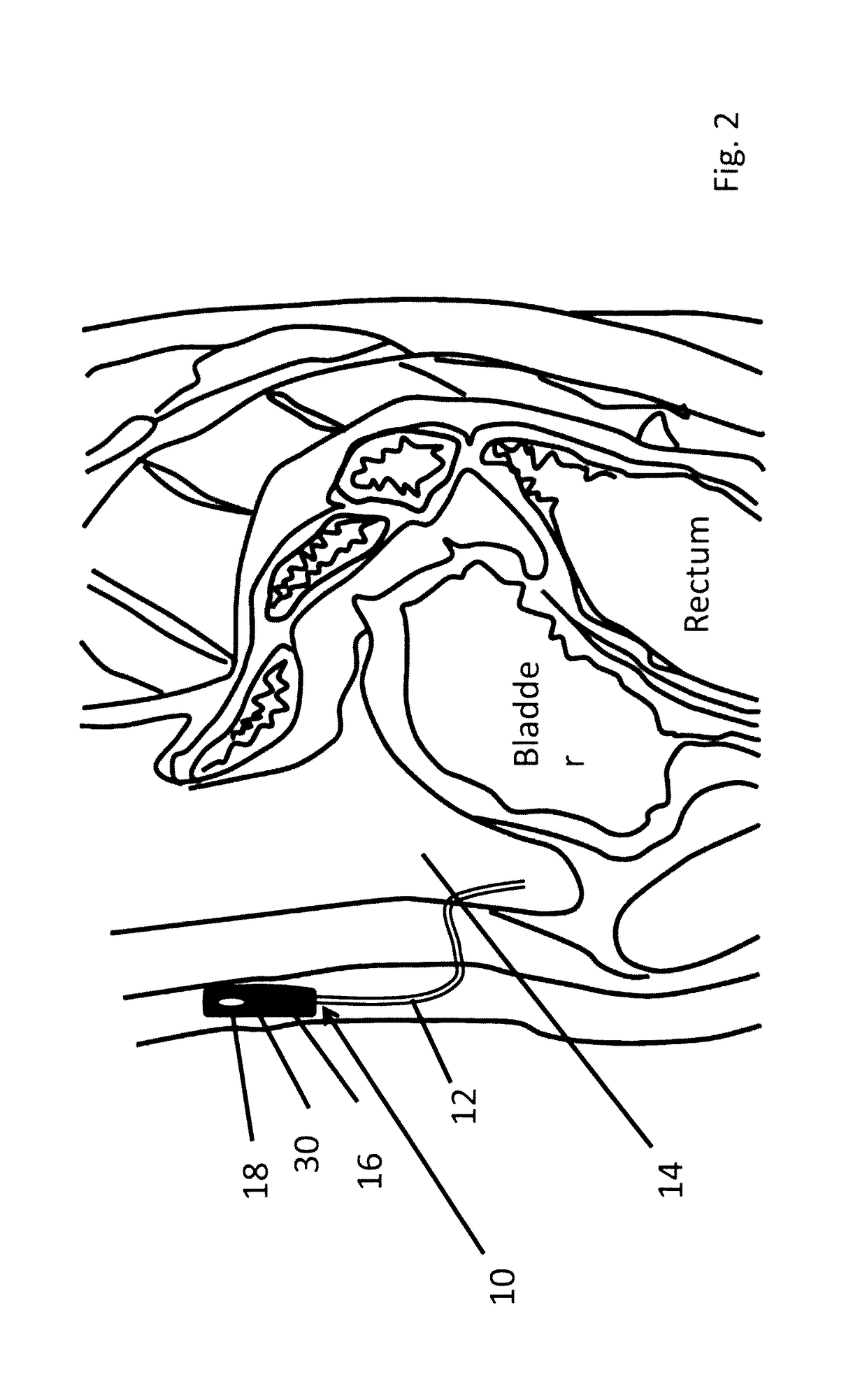Methods and devices for the diagnosis and treatment of diabetes
a diabetes and diabetes technology, applied in the direction of diagnostic recording/measuring, catheters, applications, etc., can solve the problems of non-traumatic amputation and kidney failure, increased risk of warts and infections, and calluses to form
- Summary
- Abstract
- Description
- Claims
- Application Information
AI Technical Summary
Benefits of technology
Problems solved by technology
Method used
Image
Examples
example a
Pre-Peritoneal Reservoir Research Strategy
[0096]Type 1 diabetes mellitus (T1DM) is associated with numerous complications including blindness, renal failure, painful nerve disorders, and amputation. In addition to its devastating toll in human suffering, T1DM and its complications result in significant health care expenditures for families and constitute a major societal economic burden. Clinical trials have demonstrated significant reductions in complications of T1 DM through intensive control of blood glucose levels. Thus, patients with T1DM are expected to experience dramatic improvements in their quality of life and life expectancy when the goal of engineering an artificial pancreas is finally realized.
[0097]One component of the artificial pancreas is the ability to deliver insulin to the bloodstream reliably, safely, and durably. We have designed a peritoneal insulin delivery system which takes advantage of the proven-safe components of prior designs, then builds on these by in...
PUM
 Login to View More
Login to View More Abstract
Description
Claims
Application Information
 Login to View More
Login to View More - R&D
- Intellectual Property
- Life Sciences
- Materials
- Tech Scout
- Unparalleled Data Quality
- Higher Quality Content
- 60% Fewer Hallucinations
Browse by: Latest US Patents, China's latest patents, Technical Efficacy Thesaurus, Application Domain, Technology Topic, Popular Technical Reports.
© 2025 PatSnap. All rights reserved.Legal|Privacy policy|Modern Slavery Act Transparency Statement|Sitemap|About US| Contact US: help@patsnap.com



